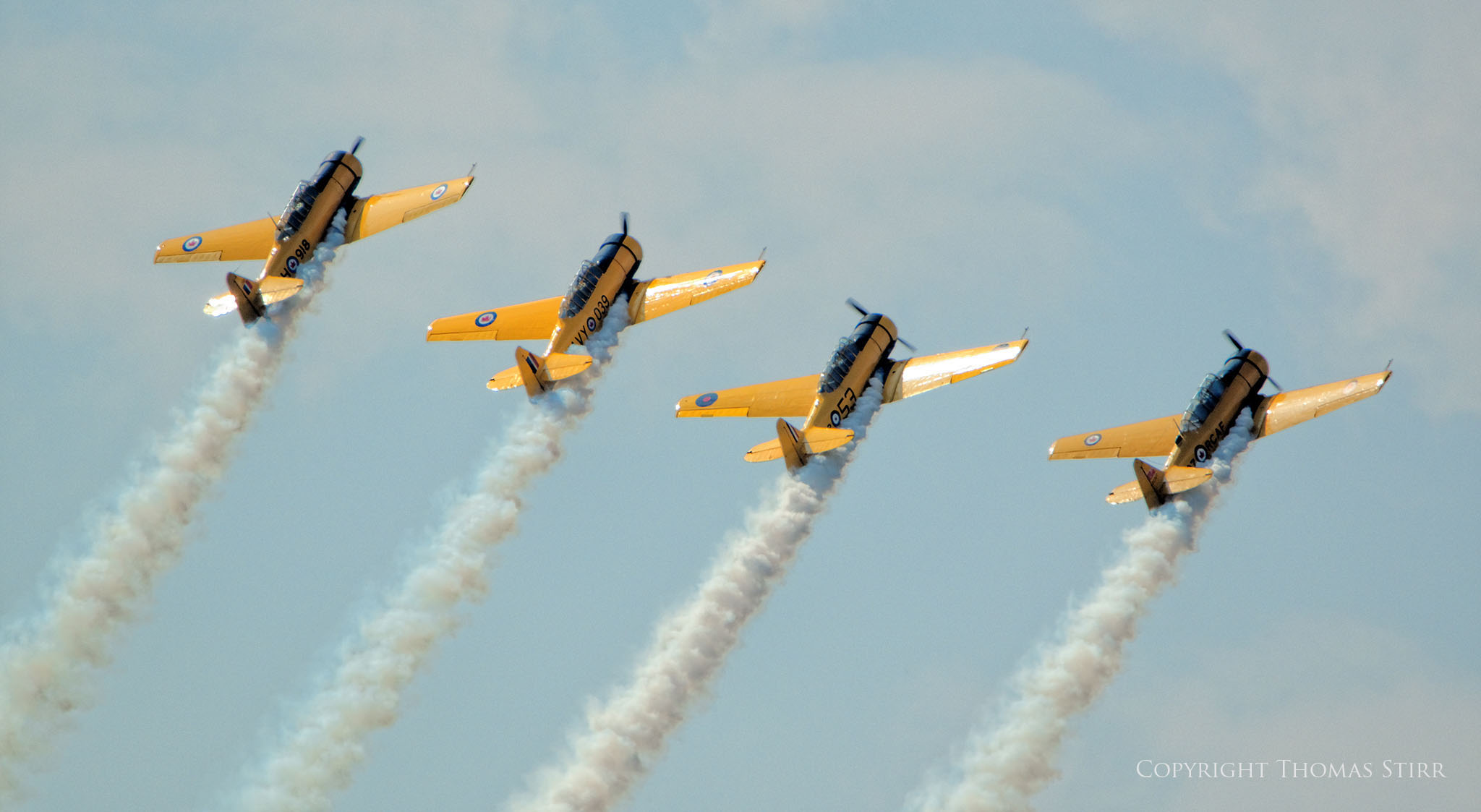With the introduction of lenses like the Tamron 150-600 F/5-6.3 VC more people than ever before are using long telephoto lenses. Sometimes they’re disappointed with their initial results when using these lenses hand-held, especially at slower shutter speeds. This short article provides some tips that can help improve hand-holding technique.
Angle the left side of your body towards your subject
If you stand in a position facing your subject and ‘squared off’ to it, you’ll likely find it is much harder to hold your lens steady. Take a half-step towards your subject with your left foot and angle the right side of your body away from the subject. The actual angle that is best for you will be an individual decision so try different angles while doing some test shots to learn which is most comfortable and produces the best quality images.
Form a solid support triangle.
Think of your elbows and eye brow as points of a triangle. To create a solid support for your lens bring your elbows in tight to your rib cage and press the viewfinder of your camera firmly up against your eye brow.
Adjust the angle of your arm extension.
The angle of your support arm is like a shelf bracket. Depending on the weight of your lens you’ll need to adjust how far away from your body you hold your telephoto lens and where you position your elbow against your rib cage. With heavier lenses you may need to bring your left elbow further to the right on your rib cage and change your wrist angle to provide additional support.
Control your breathing
Take short, shallow breaths as you are framing and focusing on your subject, and pressing the shutter. Taking deep breaths can cause your chest to heave and create lens movement. Holding your breath while shooting can create some quivering and lens shake which can be accelerated the longer you hold your breath, so this needs to be avoided.
Shutter finger movement
Use a slow, deliberate movement when pressing the shutter of your camera and avoid a fast, jabbing finger motion.
Wait for the VC/VR on your lens to settle
Half-depress your shutter gently and allow the image stabilization of your lens or camera body to settle before taking your image. If you rush your shot you run the risk of your image being blurred, or not being framed exactly as you want if the VC/VR hasn’t settled down. The VC on lenses like the Tamron 150-600 settles in quickly so waiting for a split second should not cause you to miss any shots.
Angle your tripod collar
By changing the angle of your tripod collar up 90-degrees to the right, you’ll find you can hook the bottom two fingers of your shutter hand on the tightening knob of the collar. This will help you brace the lens against the lens mount in the camera body and allow you to hold the lens hood of your lens and use it like a bellows, making it faster to change focal lengths with your zoom.
Brace your body
When shooting at slower shutter speeds brace your body by leaning up against trees, large rocks, walls or other types of structures if possible. This will create additional stability for your shots.
Cushion your lens
You can also add some stability by using the fleshy portion of the heel of your hand to cushion your lens.
Practice finding subjects quickly in your viewfinder
Take the time to practice bringing your camera up to your eye quickly and finding your image subject in your viewfinder. This creates some ‘muscle memory’ and can help you capture a lot more useable images. It also helps to practice your panning technique.
To follow Thomas Stirr visit his YouTube channel https://www.youtube.com/user/ThomasStirr, and his photography blog: http://tomstirrphotography.com
As a reminder to our Canadian readers, you can get a special 5% discount when ordering Tamron or Rokinon lenses and other products directly from the Amplis Store by using promotion code AMPLIS52015TS.
Copyright Thomas Stirr. All rights reserved. No use, duplication or adaptation is allowed without written permission.












